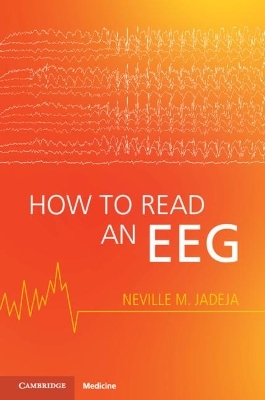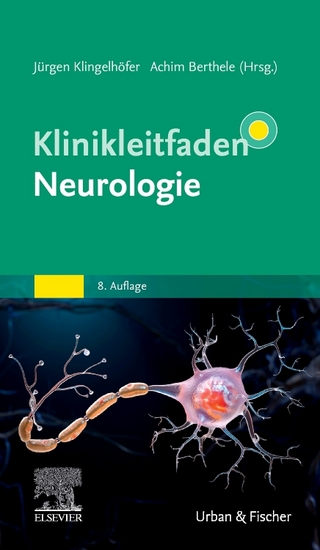
How to Read an EEG
Cambridge University Press (Verlag)
978-1-108-82564-1 (ISBN)
The EEG is a simple and widely available neurophysiological test that, if interpreted correctly, can provide valuable insight into the functioning of the brain. However, despite its increasing usage in a range of settings, there is a common misconception that the EEG is inherently difficult to interpret. Compounding the problem is the lack of dedicated training and no standardized approach by encephalographers. This book provides a clear and concise guide to reading and interpreting EEGs in a systematic way. Presented in three sections, the first delivers foundational technical knowledge of how EEGs work, and the second concentrates on a comprehensive, stepwise approach to reading and interpreting an EEG. The third section contains examples of EEGs in common scenarios, such as seizures and post-cardiac arrest, enabling readers to correlate their findings to clinical indications. Heavily illustrated with over 200 example EEGs, this is an essential pocket guide to interpreting these tests.
Dr Neville M. Jadeja is fascinated by EEGs. They allow the workings of the brain to be seen in real time. Learning how to read them is challenging, but that's makes them interesting. Dr Jadeja completed medical school in India, and during his internship at Jacobi Hospital (The Bronx, New York), where he encountered many cases which prompted his decision to become a neurologist, one of them was a patient who returned from a fishing trip in the Caribbean to find that every time he touched something cold, he would feel hot – the diagnosis of ciguatera poisoning from eating a Barracuda only fuelled his interest. Dr Jadeja went on to complete a neurology residency at Einstein and then moved to Boston to train as an epileptologist. Currently, he serves as a staff neurologist at the University of Massachusetts. This book reflects his techniques in teaching the reading of EEGs. Connect with Dr Jadeja on Facebook @neurobooks and on Twitter @NevilleNeuroMD.
Part I. Basics: 1. Introduction; 2. Polarity; 3. Montages; 4. Localization; 5. Active reference; 6. Frequencies and rhythms; 7. Maturation; 8. Normal adult EEG; Part II. Interpretation: 9. Approach to EEG reading; 10. Background; 11. Foreground; 12. Common artifacts; 13. Normal variants; 14. Sporadic abnormalities; 15. Repetitive abnormalities; 16. Ictal patterns (electrographic seizures); 17. Activation procedures; Part III. Specific conditions: 18. Common seizure mimics; 19. Seizures; 20. Epilepsies; 21. Epilepsy syndromes; 22. Focal dysfunction (lesions); 23. Global dysfunction (encephalopathy); 24. Status epilepticus; 25. Post cardiac arrest; 26. Brain death.
| Erscheinungsdatum | 16.07.2021 |
|---|---|
| Zusatzinfo | Worked examples or Exercises |
| Verlagsort | Cambridge |
| Sprache | englisch |
| Maße | 124 x 186 mm |
| Gewicht | 300 g |
| Themenwelt | Medizin / Pharmazie ► Medizinische Fachgebiete ► Neurologie |
| Medizin / Pharmazie ► Medizinische Fachgebiete ► Psychiatrie / Psychotherapie | |
| Medizin / Pharmazie ► Medizinische Fachgebiete ► Radiologie / Bildgebende Verfahren | |
| ISBN-10 | 1-108-82564-8 / 1108825648 |
| ISBN-13 | 978-1-108-82564-1 / 9781108825641 |
| Zustand | Neuware |
| Haben Sie eine Frage zum Produkt? |
aus dem Bereich


